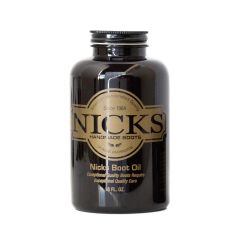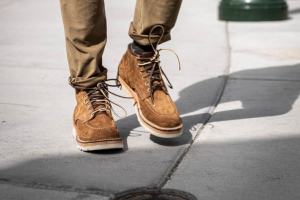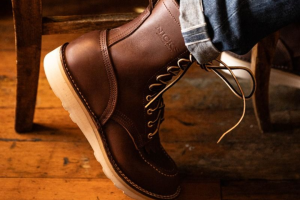The Essentials Of Boot Care During Winter
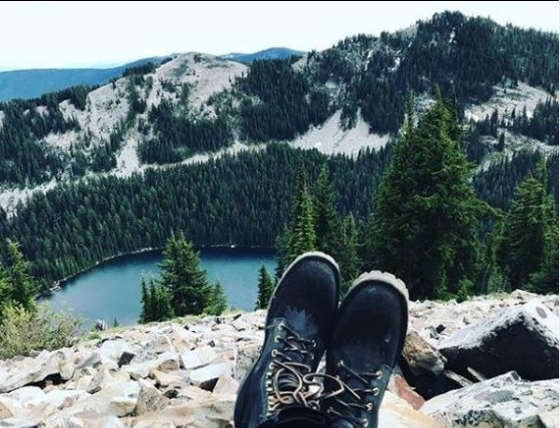
Winter is coming, as the saying goes, and that means you're likely to have to take some extra steps in boot care.
The moisture, the ice, the salt and grime, is a bit harder on leather whether it's a pair of rugged work boots or those beautiful ankle boots that you try to keep nice and polished. Naturally, you'll want to safeguard your investment.
Winter boot care mostly involves a bit more preventative maintenance. Keep it up, even just a little bit with regularity, and your boots will go through the harshest of winters with no issue. Neglect them, and you may do damage that can't be undone.
Well, unless you got your boots from a manufacturer that can rebuild boots or shoes...and most won't.
So, what additional steps do you need to take in winter?
Waterproof Your Boots Before The Wet Season
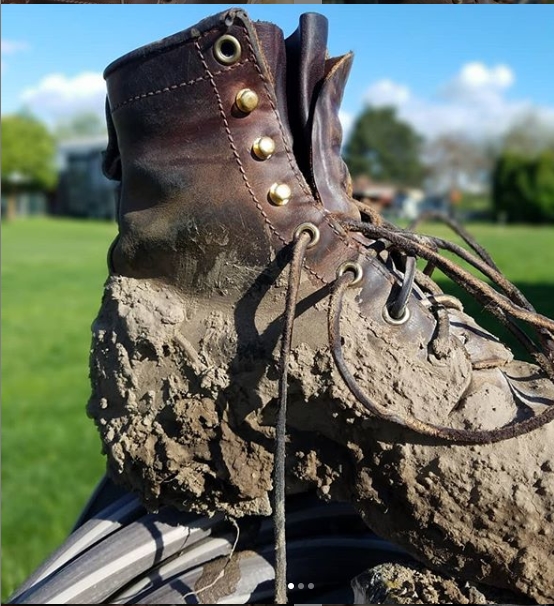
Part of the winter season in much of the world is that it gets cold and wet, starting with cold rain and turning to snow. You want to get your boots waterproofed before that happens, typically right as the weather is starting to turn cold.
There are many different products on the market, from oils to silicone sprays to waxes. A quality wax-based waterproofer is a good idea, but arguably the better choice is to use boot grease.
A quality boot grease, such as Huberd's or better yet Obenauf's is an all-in-one preservative and protectant for leather goods. It coats the leather in a layer of natural fats, to seal the pores from moisture and hydrate it at the same time.
We recommend Obenauf's as it tends to stand up best in hard working applications such as logging and wildland firefighting. It protects against rain and snow, but also helps keep out the muck, grime and salts of the winter season.
Depending on how nasty winter gets in your area, you may need to repeat the treatment a few times throughout the winter season, or perhaps grease your boots one a month.
If you notice water no longer beading off the boot, it's time to repeat the treatment.
Dry Your Boots Inside And Out
Another top tip is to keep your boots as dry as possible whenever possible.
Drying the outside is rather simple; you just put them in a warm, dry place and let them dry. Typically, they'll do so overnight if at room temperature, meaning around 70 degrees.
However, it's the insides that need attention.
If your boots have gotten wet at all, or if you've been working hard outside in them during winter conditions, it's a good idea to get them as dried out as you can.
One method is to use newspaper. Just take some old newspaper, and wad it up, stuffing the inside of the boot and let it dry overnight. It's also not a bad idea to sprinkle some boot powder or baking soda inside the boot as well, to help deodorize the interior.
Cedar shoe trees are another good method. Cedar is porous, aromatic and antimicrobial; the wood will take up the moisture and deodorize the material. Shoe trees will also help preserve the shape of the toe box, so they're a must for fine shoes or heritage boots.
Another method still is to get a boot dryer, and dry out the interior when your work boots are not in use.
Stock Up On Saddle Soap And Oil

It's also a good idea to stock up on cleaning supplies, including saddle soap and oil.
If your boots are regularly trudging through rain and snow, you'll want to use saddle soap about every week to wash them off and get the leather clean.
Then give your boots or shoes a good wiping down with a nourishing leather oil. Look for a natural product if at all possible, that helps preserve and nourish the leather.
Remember, the cold winter air will dry out your skin, and that's exactly what leather is, so don't neglect the skin that your boots are made of, either.
A good cleaning and oiling once per week will keep them in top condition throughout the winter season. Use the saddle soap to clean them, wipe away the excess, then oil and let them dry overnight for best results.
If Polishing, Keep Up On It
If you're polishing your boots or leather shoes, make sure you're doing that as well.
The typical polish is made of wax, just as many leather preservative products are. What wax does is permeate the surface of a material and coat it in a fatty layer, sealing it to a degree from what's outside your shoes or boots.
While trudging through snow and ice and rain isn't good for polish, the polish being present does actually help to protect the leather. Not to the same degree as actual wax or grease preservative, but it is an extra barrier.
Most shoe polish also allows for use of nourishing leather oil as well as the polish, so make sure you're using both.
You may have to polish more often, of course, but doing so does provide an additional layer of protection as well as keeping up the appearance. So, for winter, make sure you're polishing your shoes a little more often than normal for the best of both.

